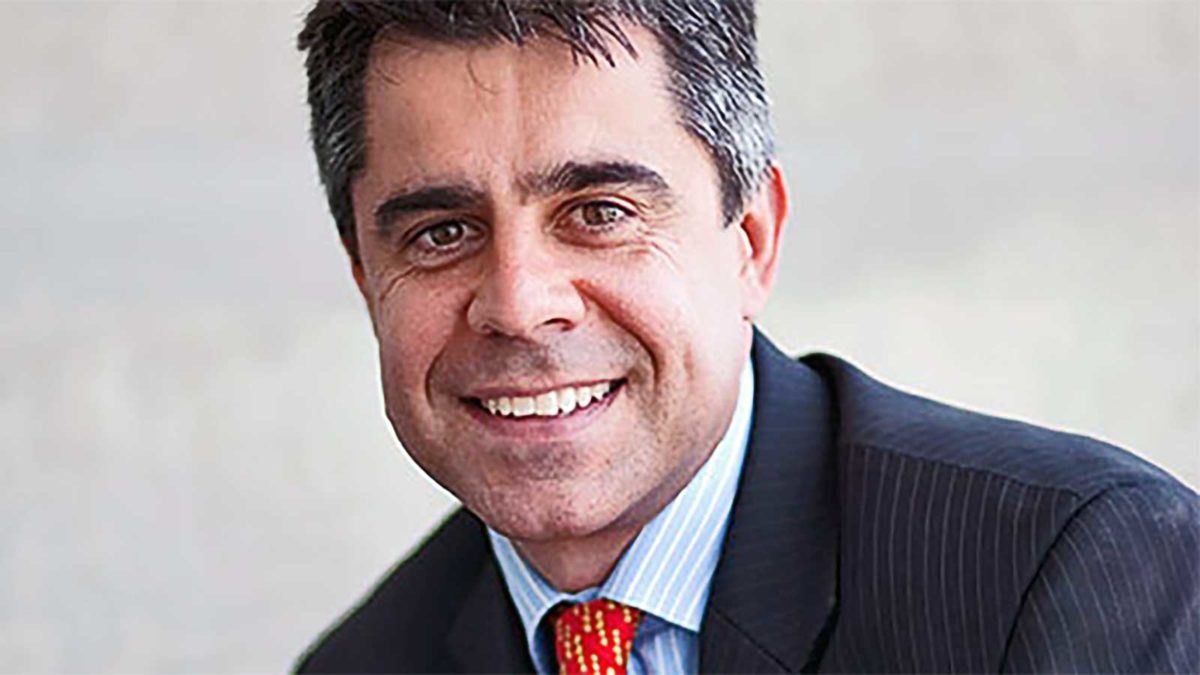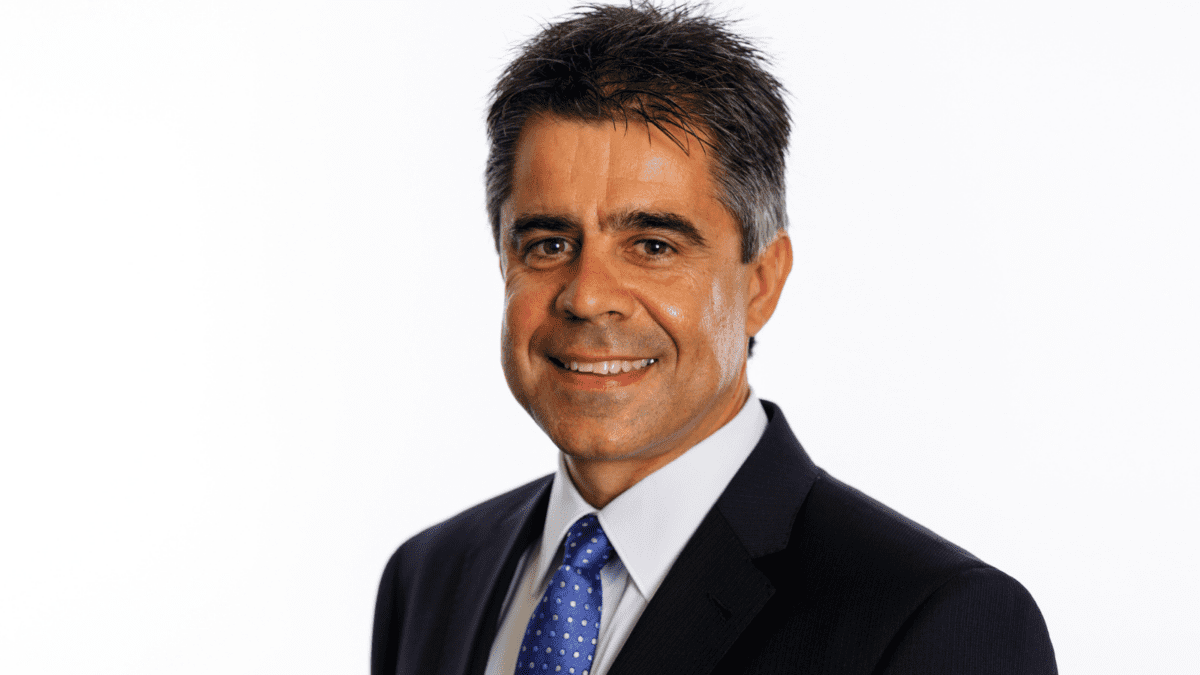ATO ruling tough on SMSFs in ‘arm’s length’ melee
Peter Burgess of the SMSF Association was able to announce the Australian Taxation Office (ATO) decision himself yesterday and provide instant expert criticism for the association’s members.
Burgess, the association’s deputy chief executive and director of policy and education, opened the annual ‘Technical Summit’, held virtually, with the “breaking news” that the ATO had that day (July 28) handed down its final ruling on non-arm’s length expenses (NALE) and, therefore, non-arm’s length income (NALI) which could have major implications for many of Australia’s 1.1 million SMSF members.
It was not good news. Burgess said the decision “could have punitive consequences that we doubt are intended”.
In a subsequent release that morning, he said: “Today’s ruling confirms the ATO’s draft position that NALE can have a sufficient nexus to all the ordinary and/or statutory income derived by the fund.
“This means situations could arise where an SMSF, which does not incur a general expense on arm’s length terms, would have all its income taxed as non-arm’s length income (NALI) – regardless, it would seem, of the monetary value of the service provided.
“Even though the ruling makes it clear the ATO does not consider the general expenditure issue to be a significant compliance risk that would warrant a particular focus, we urge the Government to review these provisions to avoid any undue concern or confusion.”
The SMSFA had lobbied the ATO over its previously stated interpretation and Burgess told Summit attendees that a change to the law would probably now be required. He acknowledged the underlying policy rationale of the NALE rules, to ensure all SMSF transactions occur on arm’s-length terms.
However, he added: “Although we accept the underlying policy intent, the penalty imposed on SMSF trustees who may not see the harm in entering arrangements with related parties on favourable terms to their SMSF, can be very significant and grossly disproportionate.”
Phil Broderick, a principal of Sladen Legal, told the Summit that the ATO had been hardening its views on certain aspects of both NALI and the SIS Act as they relate to arm’s length definitions.
He gave the example of two separate SMSFs jointly purchasing a property, setting up a company to borrow some of the money from a financial institution and giving personal guarantees on the borrowings as directors of the purchase vehicle. The ATO has said that the payment of dividends from the property back to the SMSFs triggers NALI, which Broderick disputes.
He said the ATO claimed that two unrelated parties could not have access to those dividends, because the transaction was enabled due to the personal guarantees. The ATO also mentioned the possibility of Part IVA of the Tax Act (the general anti-avoidance section) applying, which Broderick also disputed because there was “no manipulation.”
Broderick said that common example of an arm’s-length property example being treated as non-arm’s length “really had nothing to do with the super fund.” Personal guarantees were invariably required in all sorts of borrowings.
In some personal good news in this year’s Federal Budget and what Burgess described as a “high-five moment” for himself in the Budget lock-up, was relaxation of some of the residency requirements for SMSFs. They were removal of the “active member test” and the extension of allowable “temporary absence” being extended from two to five years.
“The Government has adopted our propositions almost word for word,” he said.
– Greg Bright










